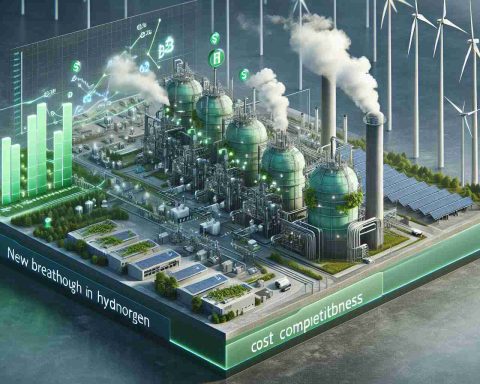Browse TagGreen Hydrogen Breakthrough
Green Hydrogen Breakthrough refers to significant advancements in the production, storage, and utilization of green hydrogen—a form of hydrogen produced through renewable energy sources, primarily by electrolysis of water using electricity from solar, wind, or hydroelectric power. This process emits no carbon dioxide, making green hydrogen a clean and sustainable energy carrier.The term "breakthrough" indicates a notable progress or innovative development that enhances the efficiency, scalability, or cost-effectiveness of producing green hydrogen. Such breakthroughs can include improvements in electrolysis technology, the development of more efficient catalysts, advancements in hydrogen storage solutions, or new methods for integrating green hydrogen into various energy systems and applications.Green hydrogen is seen as a key component in the transition to a low-carbon economy, with potential uses in sectors like transportation, heavy industry, and grid energy balancing. The term often encompasses research initiatives, pilot projects, and policy frameworks aimed at accelerating the deployment of green hydrogen technologies to combat climate change and reduce reliance on fossil fuels.







